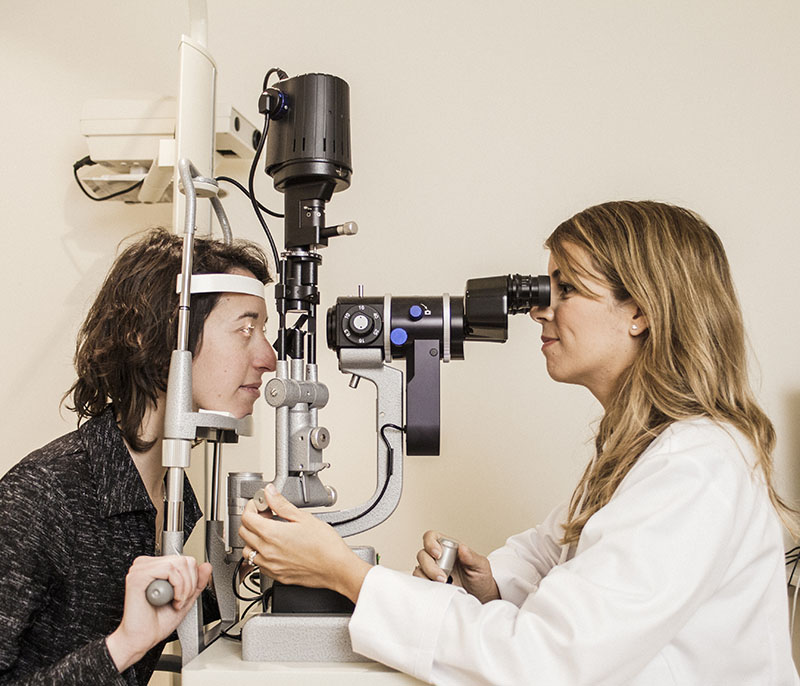
Corneal surface reconstruction using amniotic membrane
The use of the amniotic membrane of the placenta in ophthalmology has increased exponentially in recent years, generally as a treatment against damage to the ocular surface caused by burns from caustics such as lye or lime, or after trauma or previous surgeries in which tissues are devitalized, inflamed, and with regeneration problems. In this sense, in addition to regenerative properties, the amniotic membrane of the placenta has anti-inflammatory and anti-healing properties. This last property is especially important in reconstructive surgery, since the scars on the cornea cause a lack of transparency and, consequently, loss of vision.
How is the amniotic membrane obtained and used?
According to Dr. María Gessa, ophthalmologist in Miranza Virgen de Luján (Seville), this type of surgery is especially complex, which is why “few surgeons perform it in Spain, since it requires a lot of experience in reconstructing the ocular surface with this type of tissue ”. In addition, she adds that “although there are different types of surgery for the reconstruction of the ocular surface, the peculiarity of the amniotic membrane is its high availability, since many caesarean are performed and this type of tissue is available practically from one day to the next” .
However, the only valid amniotic membrane for transplantation comes from placentas obtained through non-urgent caesarean sections, under very strict sterile conditions, to guarantee that it is free of any microorganism. This is the main reason why those placentas of women who have given birth naturally are discarded, since when the baby goes through the birth canal, the tissue comes into contact with bacteria and can become contaminated. In addition, the amniotic membrane is subjected to a screening test to verify that the donor does not have pathologies such as VIH, syphilis, hepatitis, or any other type of viral infection.
Regenerative properties to relieve pain
Likewise, the use of the amniotic membrane is a great tool in improving ocular symptoms, reducing pain in the patient. Recent studies show that the amniotic membrane has the neural growth factor (NGF) that helps the regeneration of the nerves themselves in the cornea, a highly sensitive structure with more than 3,000 nerve endings that when damaged is very painful. Through NGF, the amniotic membrane helps the regeneration of these nerves and, therefore, reduces pain.
The amniotic membrane began to be used in ophthalmology in eye burns in 1940, although it was unprocessed, so it used to cause reaction to the patient and did not achieve the desired effect. In addition, it was applied with the rest of the placental layers, which had blood vessels, and could give some reaction to the eye and was not widely accepted. Starting in 1995, the cryogenic amniotic membrane began to be used, keeping all its properties intact. From this year the indications for its use and the variety of surgeries increase, not only placing it on the conjunctiva and the cornea, but also being able to place it on the eyelids and orbit, among other applications.